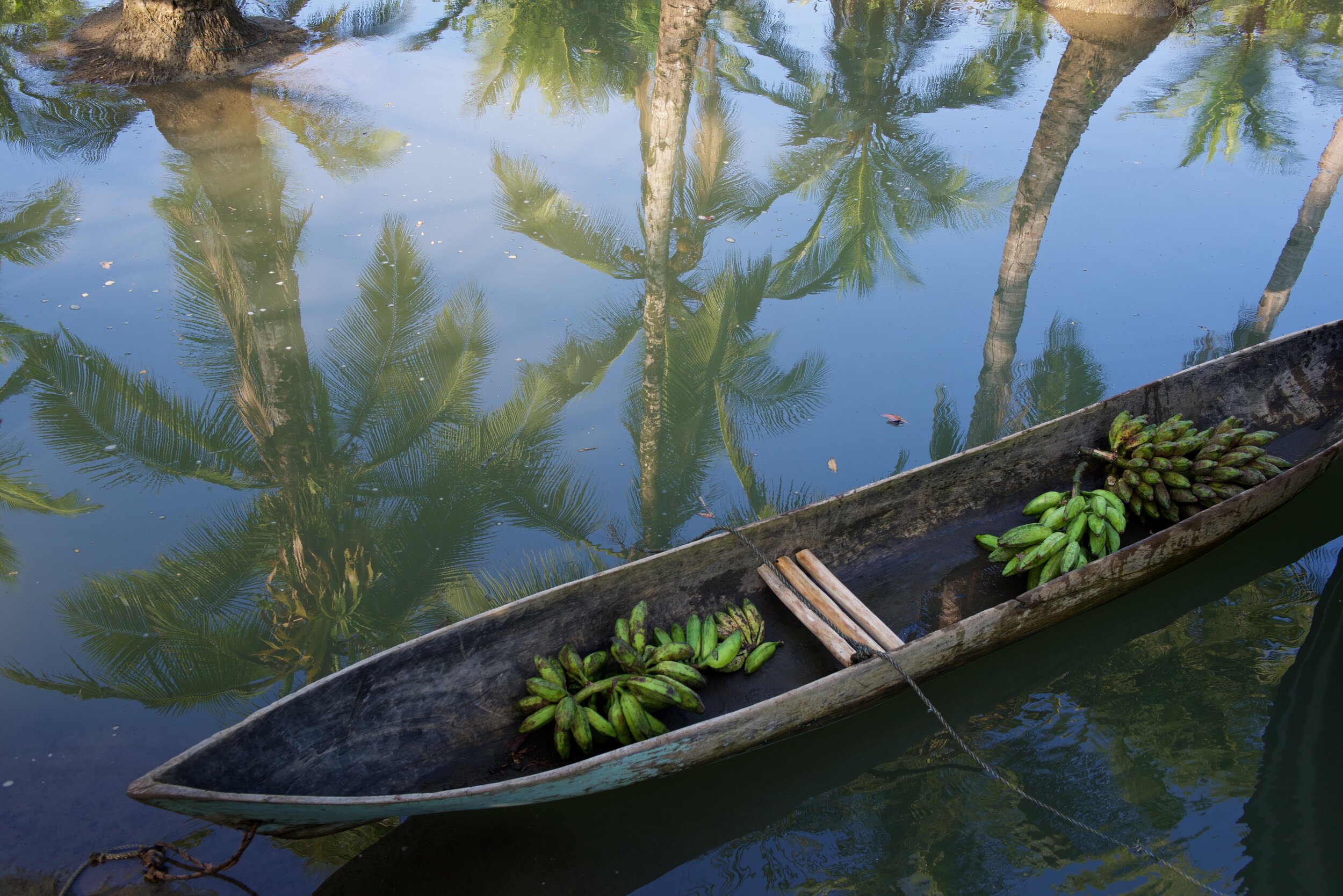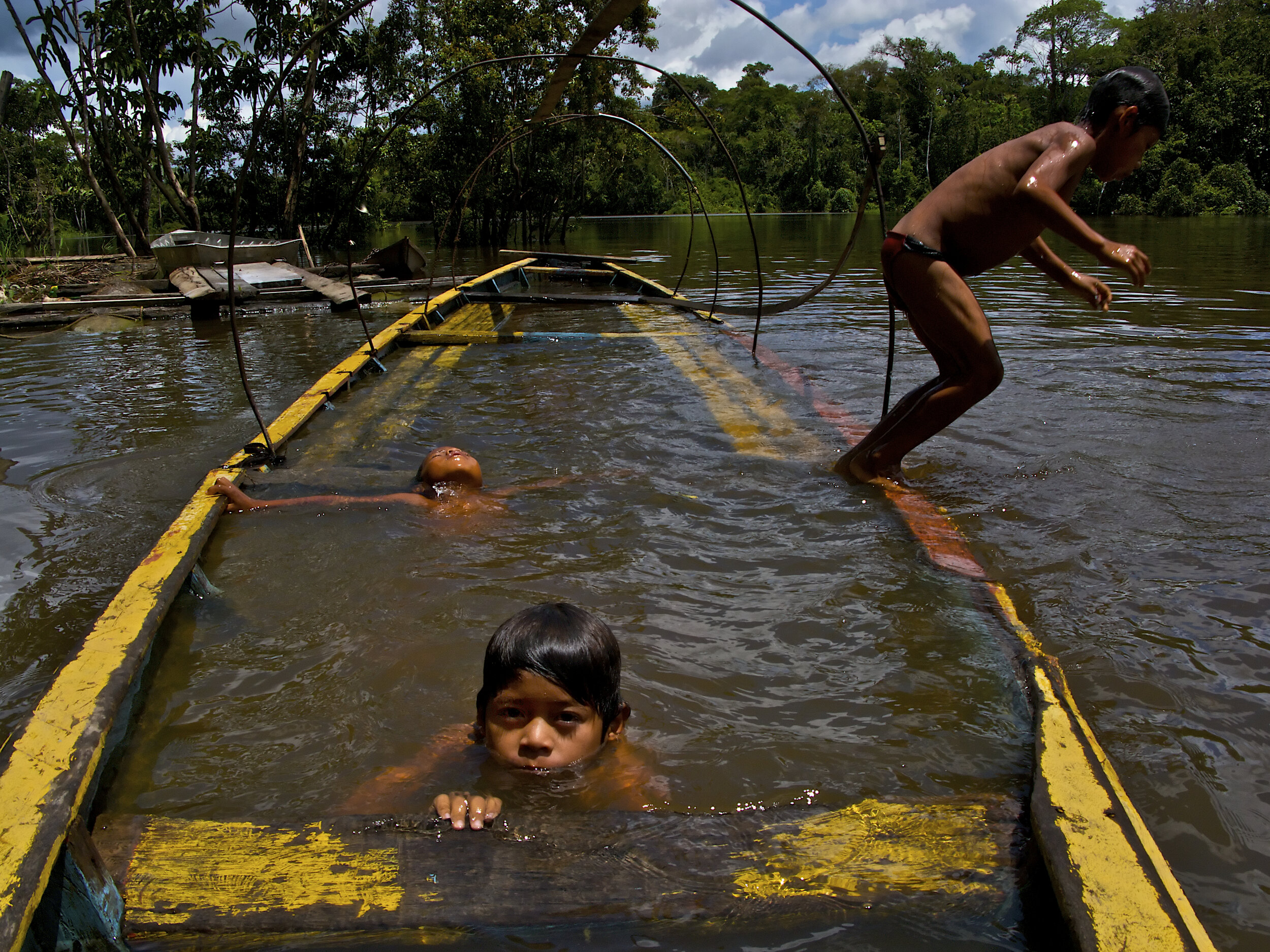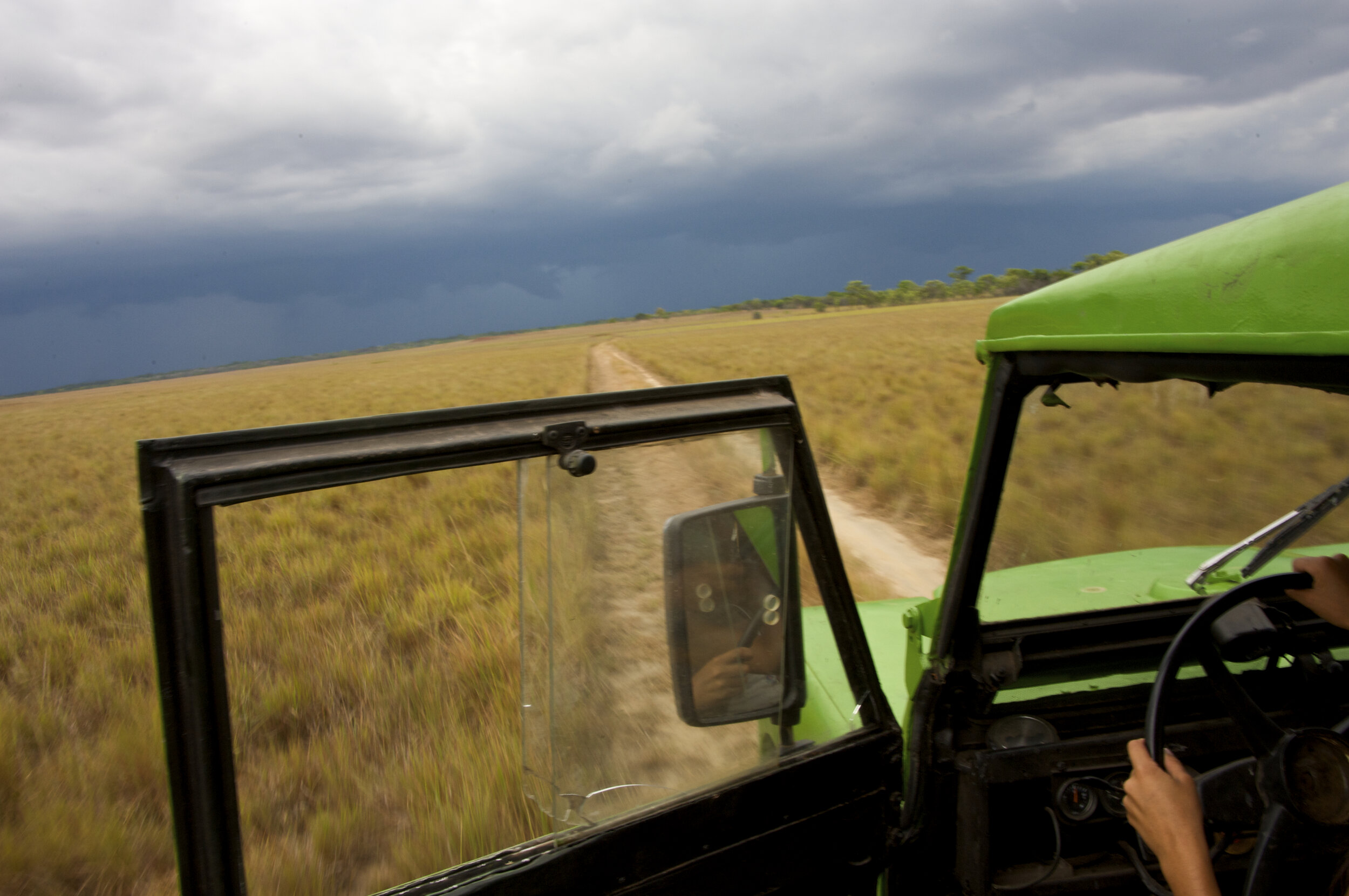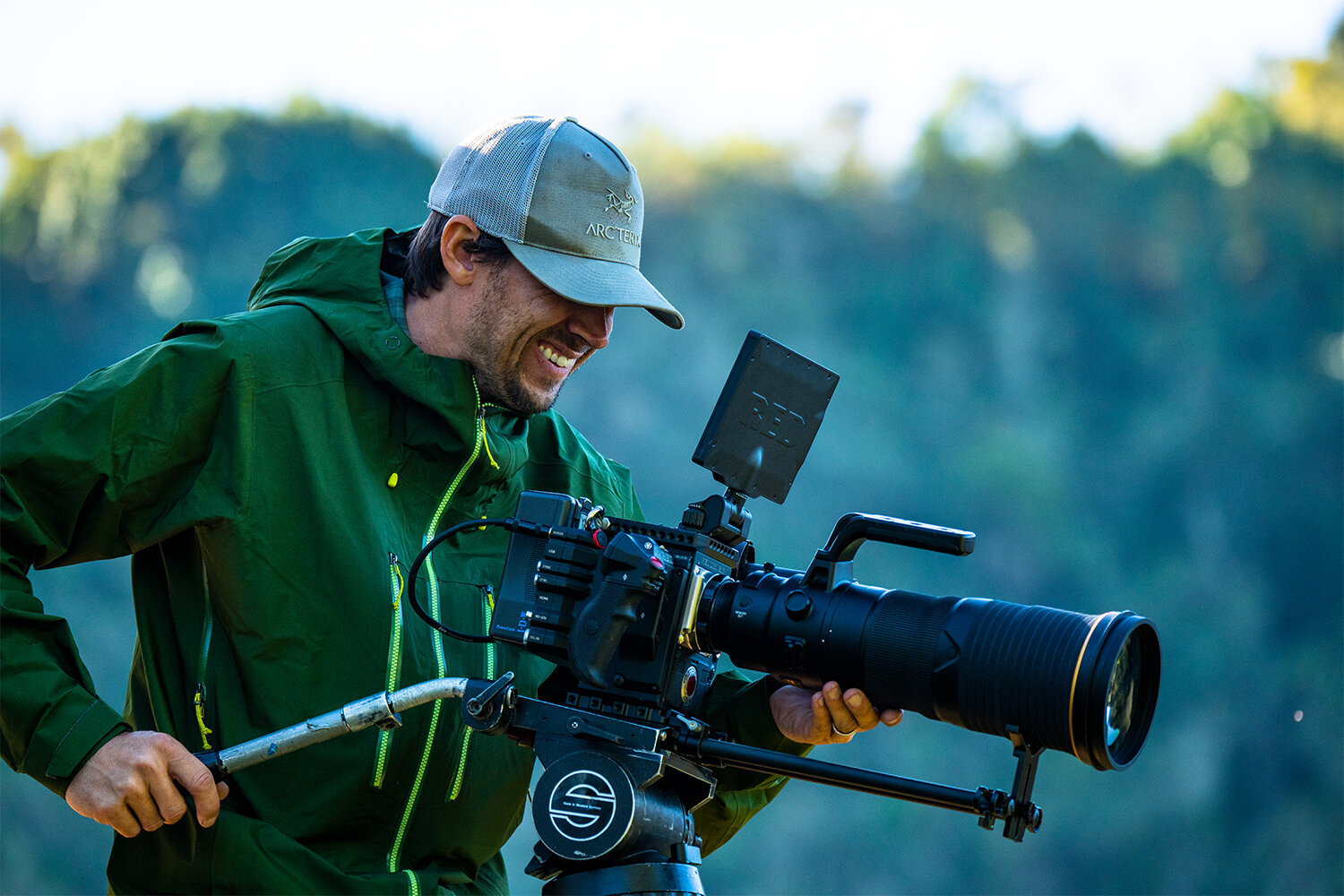A Guide to Whale Watching in Colombia
#WhereNextDestinations is where we invite our storytelling agency colleagues and industry luminaries to share their favorite travel destinations and offer advice and important information on how to visit them. This week, we present Chris Bell’s guide to whale watching in Colombia.
A Guide to Whale Watching in Colombia
Colombia is known for its abundant wildlife and record-breaking levels of biodiversity. However, fewer people know that the country is also one of the best places in the world to go whale-watching. Humpback whales visit the country’s Pacific coast annually to give birth. Going whale watching is one of the best travel experiences to be had in Colombia. So what do you need to know if you’re planning to see whales on your Colombian adventure? Here’s a complete guide to whale-watching in Colombia.
Where to watch whales in Colombia
The Colombian Pacific coast is the place to see humpback whales during whale watching season (see below for more information on when to watch whales in Colombia). The prime spots for close encounters with these magnificent cetaceans are Bahia Solano and Nuqui in the Chocó region, Buenaventura in Valle del Cauca, Gorgona Island in Cauca, and Tumaco in the southern department of Nariño.
While whale watching opportunities are superb in each of these locations, many conditions vary. Here’s a breakdown of valuable information to consider when deciding on where you want to visit:
Bahia Solano and Nuqui
Bahia Solano and Nuqui, two small towns on the Chocó Pacific coast are not accessible by road and less touristy than Buenaventura. Flights depart from Medellin, in small charter aircraft operated by Satena and other airlines. Due to the draw of the whales, hotel infrastructure is excellent and varied. You will find everything from backpacker hostels to luxury ecolodges like El Cantil near Nuqui.
Also read :A Destination Guide to Filming in Colombia
The Uramba Bahia Malaga National Park
The Uramba Bahia Malaga National Park to the north of the port city of Buenaventura is considered one of the best whale-watching destinations in the country. Most visitors head to the small towns of Juanchaco and Ladrilleros and then organize excursions from there (although it is possible to arrange day-trips from Buenaventura itself). There are many hotels and hostels in these small towns, but nothing to compare to the more upscale ecolodges found further north. Also, as Buenaventura is easily accessible by road from Cali, tourism here is more large-scale, and it can get crowded in high-season and on weekends.
Gorgona Island
Gorgona Island is the place to visit for a much more intimate whale watching experience. Once home to a maximum-security prison, Gorgona sits 35 km off the Pacific coast of Cauca department. It’s now a National Park, and one of the best diving destinations in Colombia. Whales are abundant here and can often be seen at a short distance from the beach. Accommodation is comfortable, if a bit basic, and the prices are higher than elsewhere in the region. Because accommodations are limited there are far fewer visitors, making for a calmer experience. You can get to Gorgona via a long boat trip from Buenaventura or a much shorter trip from the small town of Guapi (which has an airport and regular flights from Cali).
Tumaco
Tumaco, situated on Colombia’s southern border with Ecuador, is a newcomer to the whale watching business. Even though Tumaco is the least well-known of Colombia’s whale watching destinations, there are plenty of excellent beachfront hotel choices. Regular flights depart from Cali and Bogota, and you can drive from Pasto (it takes about 4 hours by road). In season, organizing whale watching trips from the hotels is easy. You can also combine your excursion with a visit to the beautiful island of Bocagrande (where you can also choose to stay overnight).
When to go whale watching in Colombia
Whale watching season in the Colombian Pacific is between June and October. During these months, the whales migrate from the colder waters of southern Chile and Antarctica to give birth and raise their calves in the warmer waters of the Pacific. This is a journey of some 8,500 km. Colombia is a crucial breeding region for humpback whales, and thousands of them can be found along the length of the Pacific coast during the season.
In the shoulder months of June and October (and even into early November), the whales will be travelling, and less active so sightings of breaching whales are less common in these months.
Locals suggest that the best month for whale sightings is August. By this point, the whales have all arrived, and many have already given birth. The newborn whales will be actively learning to jump and dive, and the chances of seeing breaching adults are far greater. Bear in mind that it is no secret that August is peak whale watching season in Colombia, so book accommodation and flights well in advance if you are planning to travel to the Pacific coast during this month.
What to pack
Whale watching in Colombia is a far cry from more well-known destinations like Cape Cod, California, or Washington State, where boats are often relatively large and luxurious, and tours cater to large numbers of people. Here, excursions happen in small boats known as lanchas, and visitors are much more exposed to the elements. Ocean spray is a concern, especially if the boat is sitting still in choppy water, waiting for the whales to resurface. It is essential to pack for potentially wet and windy conditions and make sure to adequately protect your sensitive electronics like cameras and phones. Dry-bags are highly recommended to protect larger cameras. A waterproof phone pouch will also allow you to take photos without risking your cell phone.
Although the average temperature on the Colombian Pacific coast during whale season hovers in the high 20s (°C/~80°F), out on the open ocean, it can get chilly, especially if you’ve been exposed to lots of spray and rain. A good, lightweight waterproof jacket is essential (packable is best, as some of the flights to the Pacific have strict luggage restrictions). The departments that make up the Pacific coast – Chocó, Nariño, Cauca, and Valle del Cauca – are some of the wettest regions on earth. Your rain jacket will almost certainly see plenty of use. This does not obviate the need for waterproof sunscreen and good sunglasses, as the glare from the ocean can lead to sore eyes and nasty sunburn.. A wide-brimmed hat will also certainly come in useful (especially if it also happens to be waterproof). In general, pack quick-drying, technical clothing for a trip to the Pacific coast. Rainstorms can be sudden and intense. Due to the high humidity, many materials will be hard to dry. Waterproof sandals, the kind that won’t slip off your feet (not flip-flops), are the ideal footwear for whale watching and other activities. The hull of the boat can get wet and slippery, and you may have to disembark in shallow water if the tide is too low to get to a jetty.
Additional Tips
The international standard for whale-watching best practices indicates that boats should keep to a distance of at least 200 m from whales. If the whales come closer than that of their own accord and the boat isn’t moving that’s ok, but try and make sure that your captain is observing these rules and don’t encourage them to chase down whales for better sightings.
If you are snorkelling or diving during whale season, keep your ears open: it’s common to hear the whales singing under the water. Gorgona is especially good for hearing whale song (lucky divers have even had close underwater encounters with passing whales before).
Costs
The cost of whale-watching excursions varies depending on where you go and how you book your trip. Most ecolodges offer packages that include a specified number of whale-watching trips, accommodation, food, and other activities like jungle hikes and snorkelling. These can cost between US$300-600 for three nights (depending on how many people are in your group). The advantage of these packages is that the excursions are often private, or limited to small groups from the same hotel. Alternatively, you can book a short whale-watching tour directly in Tumaco and Buenaventura, and these can cost as little as US$25-50. Groups are much larger and, unfortunately, the captains of these boats are sometimes less respectful of the whales and get closer than they should.
The best whale watching locations in Colombia:
Bahia Solano and Nuqui, The Uramba Bahia Malaga National Park, Gorgona Island, and Tumaco.













Check out our Colombia Production Company’s Guide to Colombia's spectacular National Parks. If you are considering filming a natural history production, here is what you need to know about Colombia’s spectacular wild destinations.